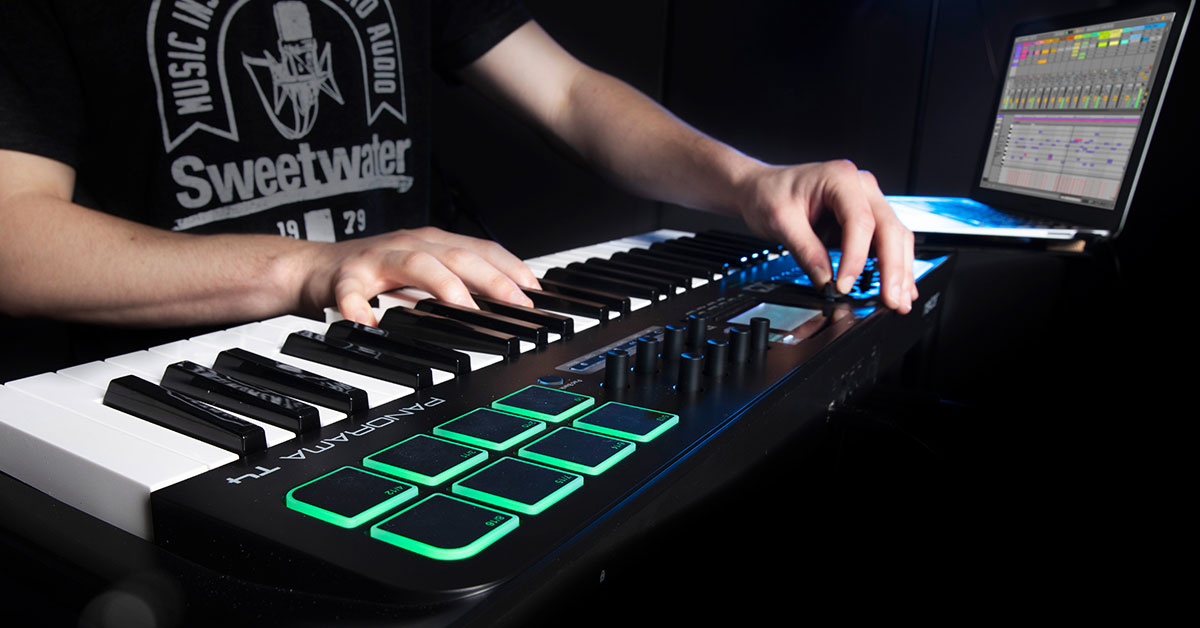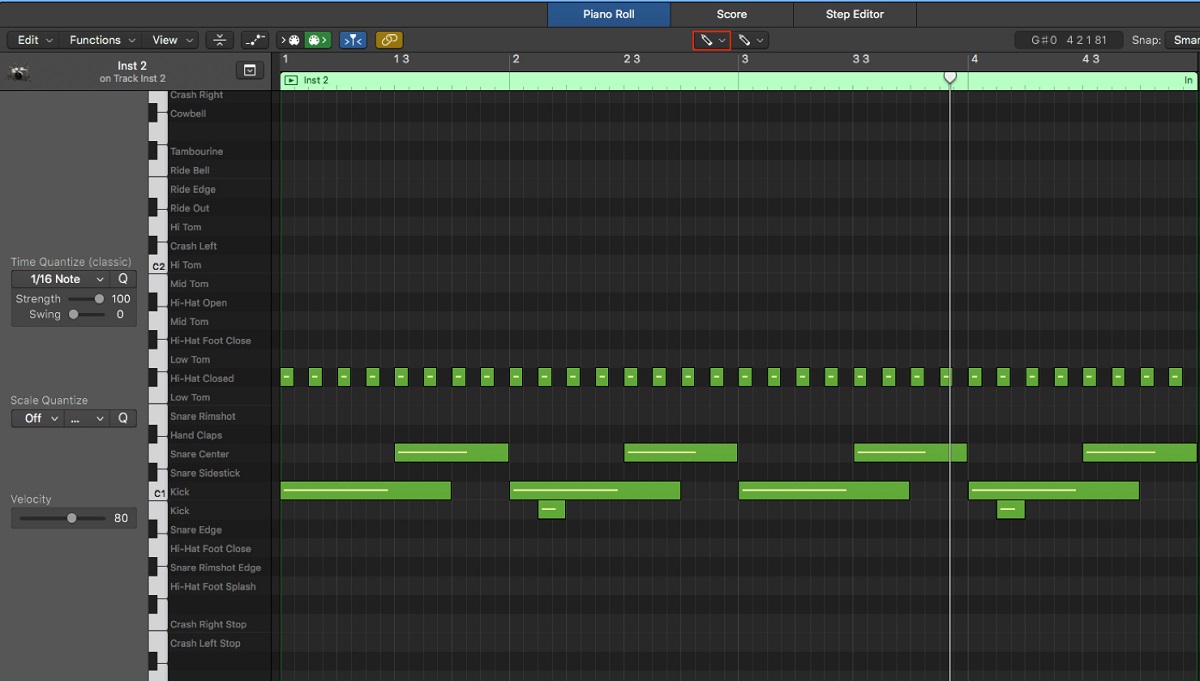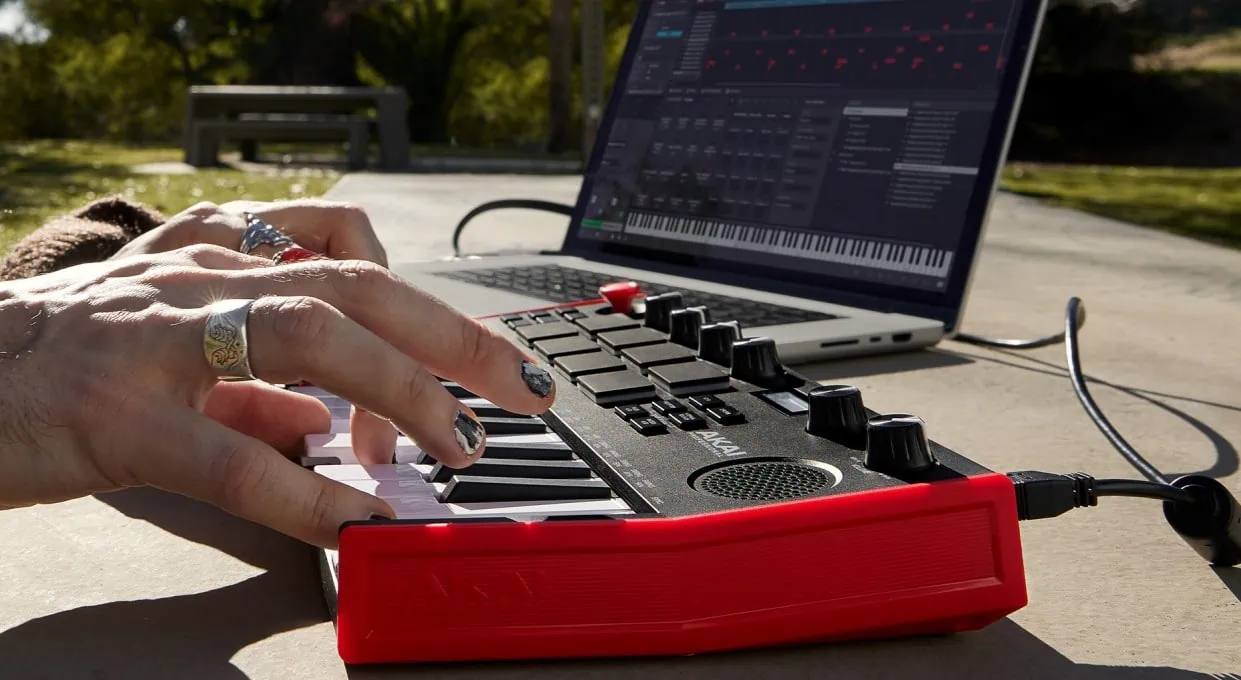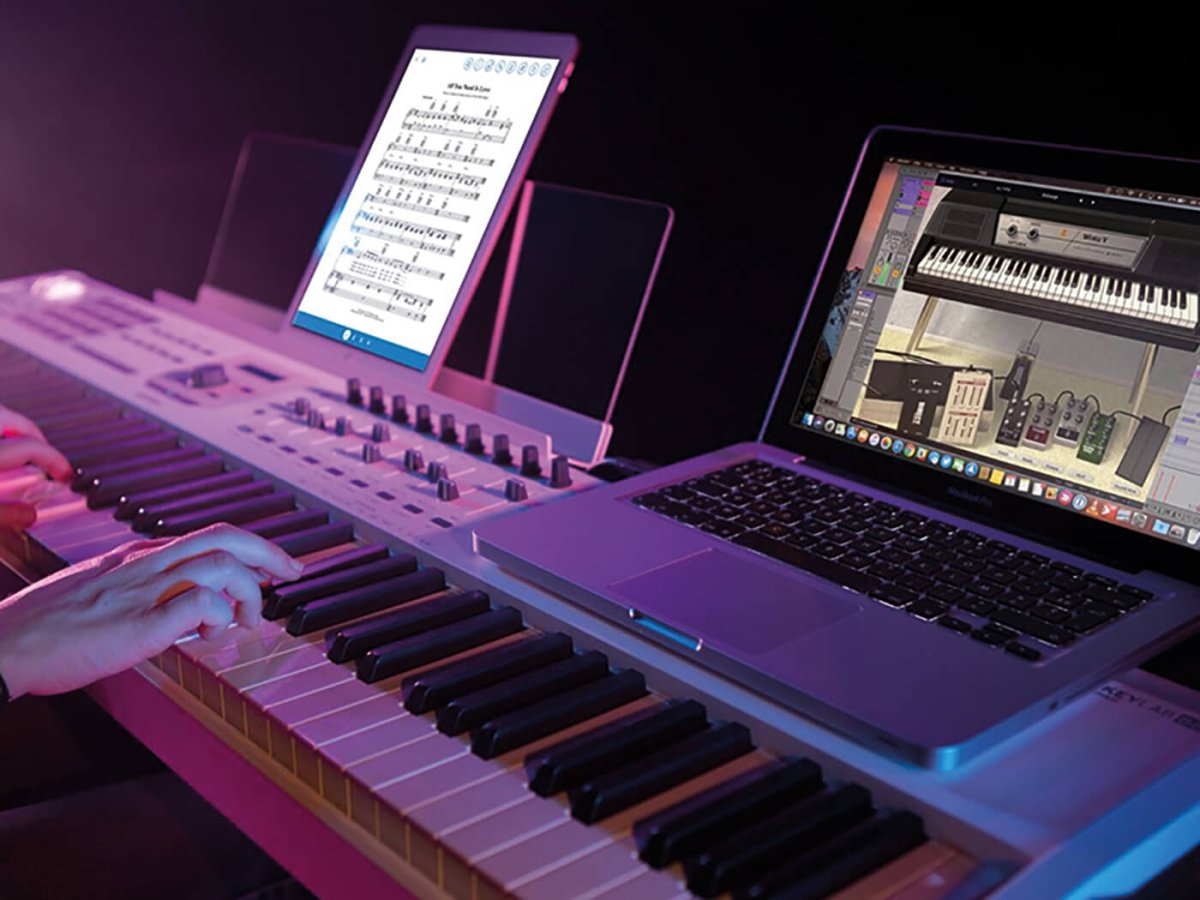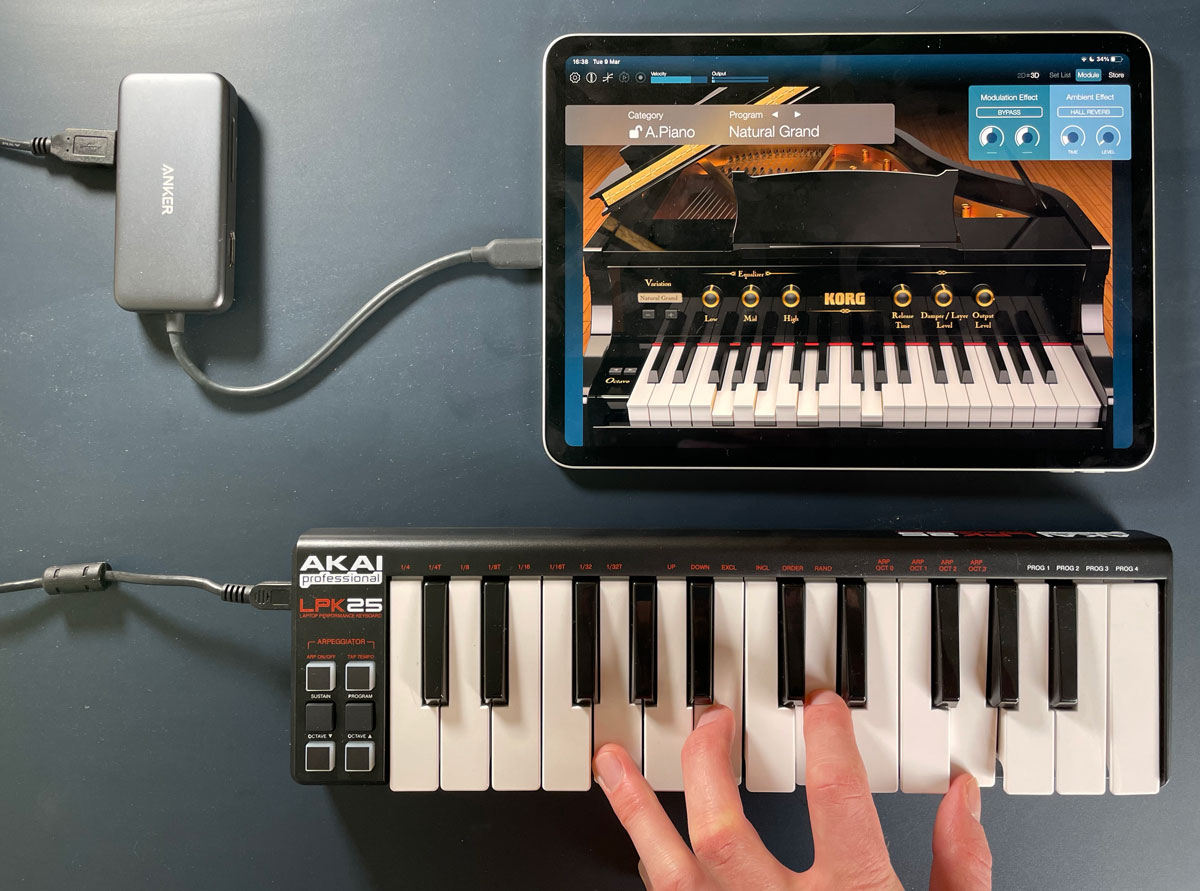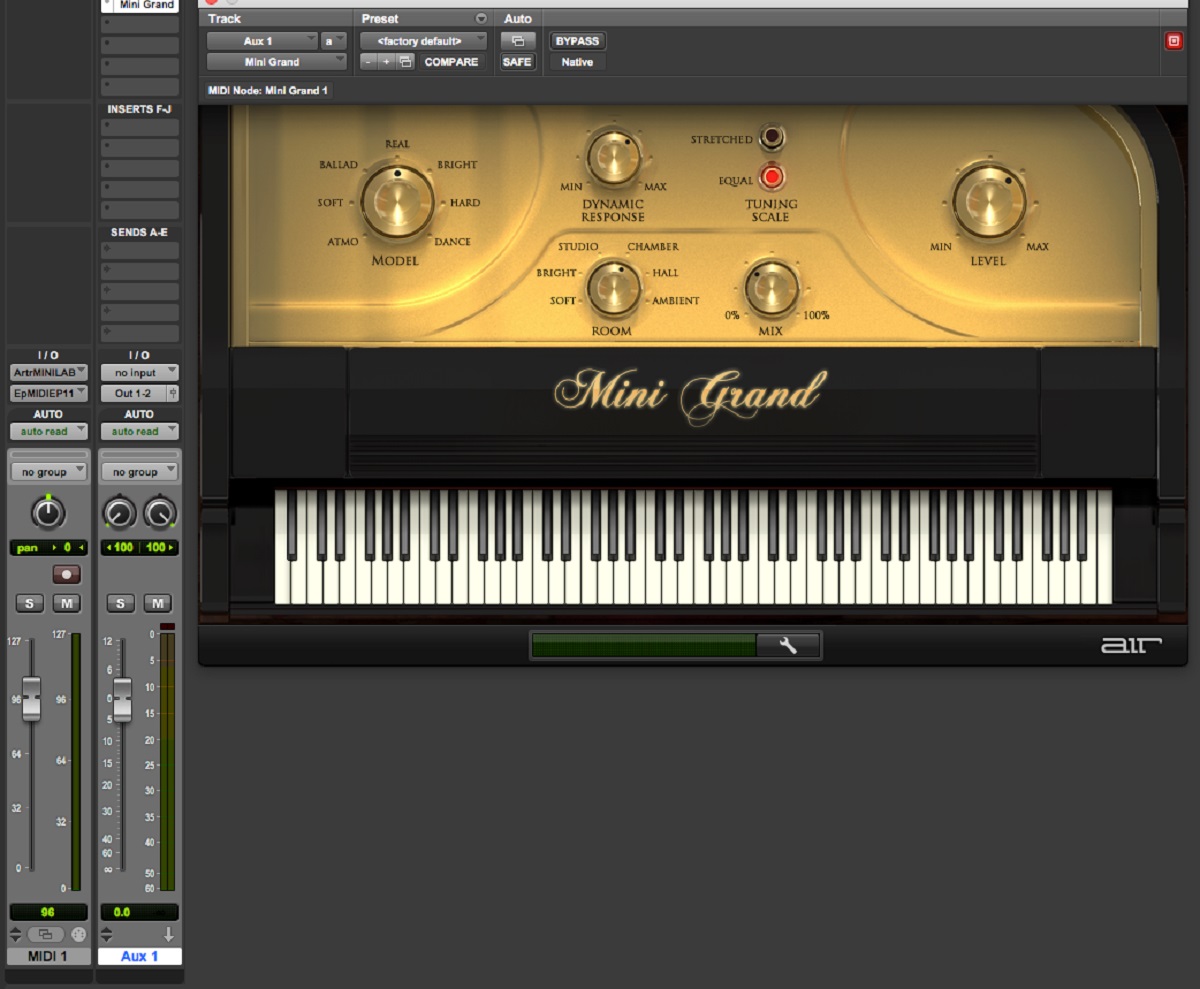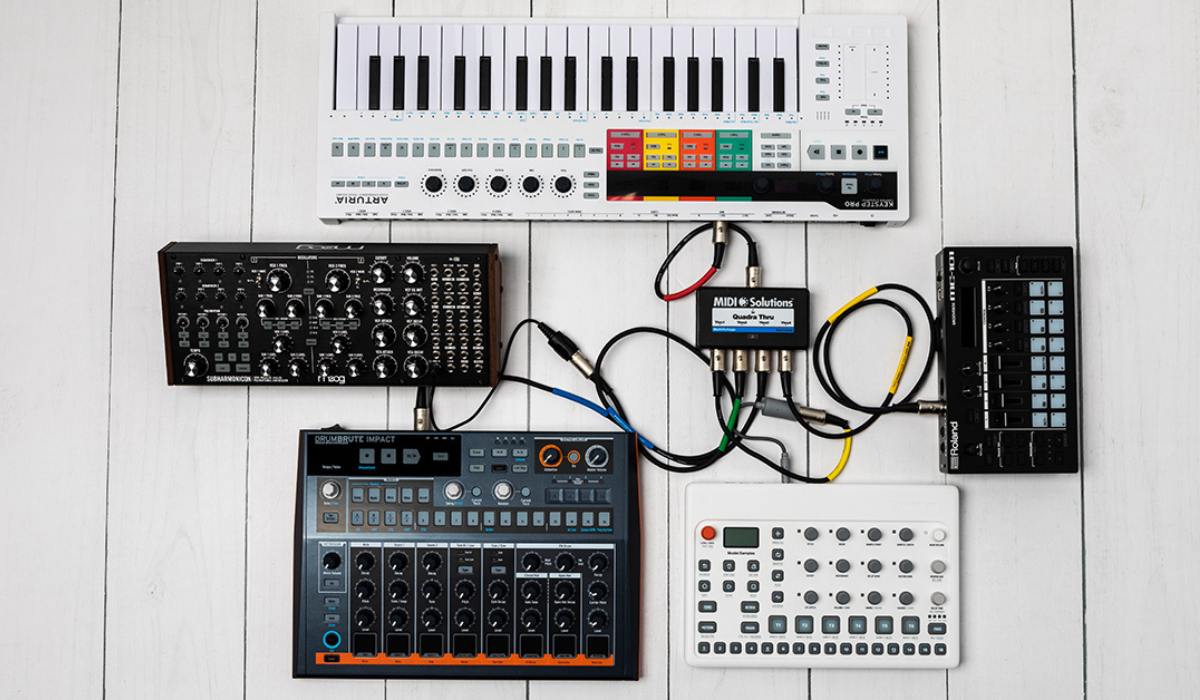Introduction
Introduction
So, you've eagerly set up your MIDI keyboard to start creating music on your machine, but it seems like the keyboard is not cooperating. Frustrating, isn't it? Before you start pulling your hair out, let's troubleshoot the issue step by step. This guide will walk you through the common reasons why your MIDI keyboard might not be working on your machine and provide solutions to get you back to making music in no time.
Whether you're a seasoned music producer or just starting out, a malfunctioning MIDI keyboard can put a serious damper on your creative flow. However, with a bit of troubleshooting and some technical know-how, you can often resolve the issue without too much hassle.
In the following sections, we will delve into the potential reasons behind your MIDI keyboard's unresponsiveness and explore the necessary steps to address each issue. From checking the connection and configuring MIDI settings to updating your machine's software and troubleshooting hardware issues, we've got you covered. By the end of this guide, you'll be equipped with the knowledge and solutions to tackle the problem head-on.
So, let's roll up our sleeves and dive into the troubleshooting process to get your MIDI keyboard up and running seamlessly with your machine. Whether you're aiming to lay down some catchy melodies, craft intricate beats, or experiment with different soundscapes, a functional MIDI keyboard is an essential tool in your music production arsenal. Let's get that keyboard back in action so you can unleash your creativity without any technical hiccups.
Checking the Connection
Checking the Connection
When your MIDI keyboard isn’t working with your machine, the first step is to ensure that the connection between the keyboard and the computer is properly established. A loose or faulty connection can often be the culprit behind unresponsive MIDI devices. Here’s how to check the connection:
- Physical Connection: Begin by inspecting the physical connection between the MIDI keyboard and your machine. Ensure that the MIDI cable is securely plugged into the MIDI input/output port on both the keyboard and the computer’s MIDI interface, if applicable. If you’re using a USB MIDI keyboard, check that the USB cable is firmly connected to a functional USB port on your machine.
- USB Port and Power: Verify that the USB port you’re using is functional. Try connecting the MIDI keyboard to a different USB port on your machine to rule out any issues with the original port. Additionally, if your MIDI keyboard requires external power, confirm that it’s receiving power and turned on.
- Device Manager (Windows): For Windows users, navigate to the Device Manager and check if the MIDI keyboard is listed under “Sound, video and game controllers” or “USB devices.” If it’s not listed or if there’s a yellow exclamation mark next to the device, there may be a driver or connection issue.
- Audio/MIDI Settings: Access the audio/MIDI settings on your machine and ensure that the MIDI keyboard is selected as the input device. Sometimes, the default input device may be set to a different source, causing the MIDI keyboard to appear unresponsive.
By meticulously examining the physical connection, USB ports, and system settings, you can identify and address any issues that may be hindering the proper functioning of your MIDI keyboard. Once you’ve verified the connection, if the issue persists, it may be necessary to delve deeper into the MIDI settings and configurations on your machine.
Configuring MIDI Settings
After ensuring that the physical connection between your MIDI keyboard and machine is intact, the next step involves configuring the MIDI settings to ensure seamless communication between the two devices. Here’s how to proceed:
- Software Preferences: Open your music production software and navigate to the preferences or settings menu. Look for the MIDI or external devices section, where you can specify the MIDI input source. Ensure that your MIDI keyboard is recognized and selected as the input device within the software.
- MIDI Channels: Check the MIDI channel settings on both your MIDI keyboard and the software. If the MIDI keyboard and the software are not set to the same MIDI channel, they may not communicate effectively. Align the MIDI channels to establish a connection between the keyboard and the software.
- Driver Installation: If you’re using a USB MIDI keyboard, it’s essential to confirm that the necessary drivers are installed on your machine. Visit the manufacturer’s website to download and install the latest drivers for your specific MIDI keyboard model. Updated drivers can resolve compatibility issues and ensure proper functionality.
- Latency Settings: Latency can impact the responsiveness of your MIDI keyboard. Adjust the latency settings in your music production software to minimize any delay between pressing keys on the MIDI keyboard and hearing the sound output. Lowering the latency can enhance the real-time performance of the MIDI keyboard.
By meticulously configuring the MIDI settings, including software preferences, MIDI channels, driver installation, and latency adjustments, you can optimize the communication between your MIDI keyboard and machine. These settings play a crucial role in ensuring that your MIDI keyboard functions seamlessly within your music production environment.
Updating Machine Software
Keeping your machine’s software up to date is paramount for ensuring compatibility and optimal performance, especially when using MIDI devices such as keyboards. Here’s how to go about updating your machine’s software to potentially resolve issues with your MIDI keyboard:
- Operating System Updates: Check for any pending updates for your operating system. Both Windows and macOS regularly release updates that include bug fixes and improvements to system stability. Ensure that your machine is running the latest version of the operating system to maintain compatibility with MIDI devices.
- Driver Updates: If you’re using a MIDI interface or audio interface to connect your MIDI keyboard to the computer, visit the manufacturer’s website to download any available driver updates. Updated drivers can address compatibility issues and enhance the communication between the MIDI keyboard and your machine.
- Music Production Software: If you use a specific digital audio workstation (DAW) or music production software, check for updates to the application. Developers often release updates that address MIDI-related issues, improve performance, and introduce new features. Updating your music production software can potentially resolve MIDI keyboard issues and enhance overall functionality.
- Firmware Updates: Some MIDI keyboards may have firmware that requires updating. Visit the manufacturer’s website or refer to the product manual to determine if there are any firmware updates available for your MIDI keyboard. Updating the firmware can rectify known issues and ensure seamless integration with your machine.
By proactively updating your machine’s operating system, drivers, music production software, and MIDI keyboard firmware, you can mitigate compatibility issues and leverage the latest improvements in performance and functionality. These updates play a crucial role in maintaining a harmonious relationship between your MIDI keyboard and your machine, allowing you to focus on creating music without technical hindrances.
Troubleshooting Hardware Issues
When encountering problems with your MIDI keyboard, it’s essential to consider potential hardware-related issues that may be impeding its functionality. By troubleshooting hardware components, you can identify and address underlying issues that could be affecting the performance of your MIDI keyboard. Here’s how to tackle hardware-related issues:
- Physical Inspection: Carefully examine the MIDI keyboard for any visible damage, loose connections, or malfunctioning components. Check the keys, knobs, sliders, and buttons for responsiveness and physical integrity. Additionally, inspect the MIDI ports and cables for any signs of wear or damage that could impact connectivity.
- Testing on Another Machine: If possible, connect the MIDI keyboard to a different machine or digital audio workstation to determine if the issue persists. Testing the keyboard on another system can help isolate whether the problem is specific to your machine or the MIDI keyboard itself.
- Power Supply: If your MIDI keyboard operates on external power, ensure that the power supply is functioning correctly. Test the power adapter and verify that the keyboard receives adequate power to operate reliably.
- USB Port and Cable: If you’re using a USB MIDI keyboard, try using a different USB cable and port to rule out any issues related to the USB connection. Sometimes, a faulty cable or port can lead to intermittent connectivity problems.
By conducting a thorough assessment of the physical condition of the MIDI keyboard, testing it on alternative systems, verifying the power supply, and examining the USB port and cable integrity, you can troubleshoot potential hardware issues that may be affecting its performance. Identifying and addressing hardware-related issues can significantly contribute to restoring the functionality of your MIDI keyboard and ensuring a seamless music production experience.
Reinstalling Drivers
When troubleshooting MIDI keyboard issues, reinstalling the drivers associated with the keyboard and the MIDI interface, if applicable, can often resolve connectivity and functionality problems. Here’s a step-by-step guide on how to reinstall drivers to address potential issues:
- Uninstall Existing Drivers: Begin by uninstalling the current drivers associated with your MIDI keyboard. For Windows users, navigate to the Device Manager, locate the MIDI keyboard or interface under “Sound, video and game controllers” or “USB devices,” right-click on the device, and select “Uninstall device.” On macOS, you can remove drivers by locating the device in the System Information app and uninstalling the associated drivers.
- Download Latest Drivers: Visit the manufacturer’s official website to download the latest drivers for your MIDI keyboard model and any MIDI or audio interfaces you are using. Ensure that you download the drivers that are compatible with your operating system version.
- Install New Drivers: Once the new drivers are downloaded, follow the manufacturer’s instructions for installing them on your machine. This typically involves running the driver installation package and following the on-screen prompts to complete the installation process. After the installation is complete, restart your machine to apply the changes.
- Driver Configuration: After reinstalling the drivers, access the audio/MIDI settings in your music production software to verify that the MIDI keyboard and associated interfaces are recognized and selected as the input and output devices. Ensure that the MIDI channels and settings align with the newly installed drivers.
Reinstalling drivers can often rectify driver-related issues, compatibility conflicts, and communication errors between your MIDI keyboard and the machine. By following these steps to uninstall, download, and install the latest drivers, you can optimize the connectivity and performance of your MIDI keyboard, allowing you to seamlessly integrate it into your music production workflow.







